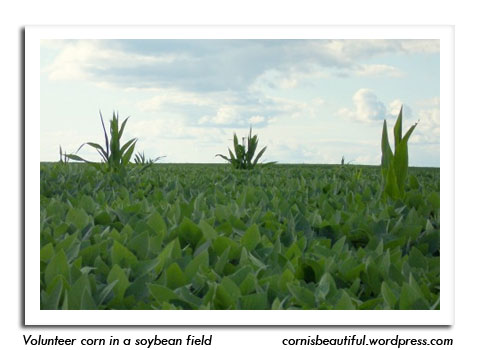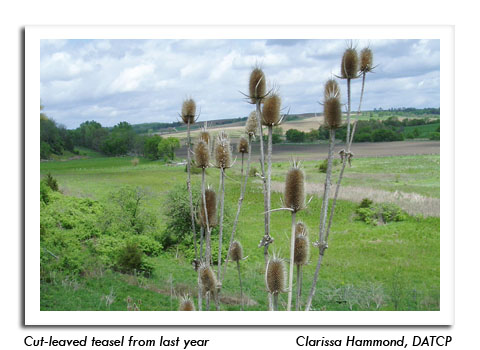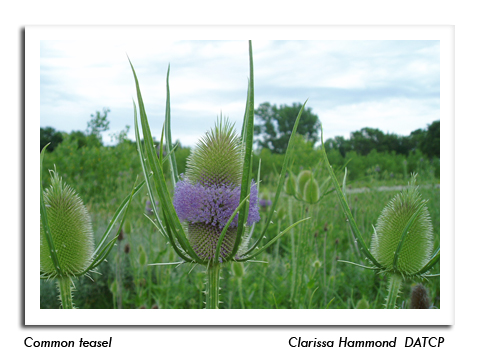
 |
|
|
Weeds
Volume 57 Number 7 Date 05/24/2012 VOLUNTEER CORN - Growers of glyphosate-tolerant soybeans that use only glyphosate for weed control can expect volunteer corn to begin emerging in soybean fields in the next 2-3 weeks. This weed has become one of the top five unwelcome plants in Midwestern soybean fields, behind lambsquarters, waterhemp, ragweed and horseweed. Surveys of nearly 1,000 Wisconsin soybean fields last summer found volunteer corn plants at 57% of sites statewide, which is a 15% increase from infestation rates documented during the 2009 survey. Approximately 26% of the surveyed soybean fields were rated as "severely infested". A calculation formulated by Purdue Weed Scientists shows that infestations of just 16 corn plants per square meter can reduce soybean yields by as much as 40%. Accordingly, weed management programs should account for volunteer corn control since this plant can substantially reduce yield and quality, and its widespread occurrence is thought to contribute to development of Bt resistance among corn rootworm populations. CUT-LEAVED TEASEL - Last year's tall, brown teasel stalks are still apparent along roadsides in many parts of the state. These remnants are an excellent indicator of where overwintered rosettes will bolt and reproduce by seed this season. The rosettes can be controlled by pulling the entire above- and below-ground portions of the plant, or by severing the taproot 1-2 inches below the soil surface. Both the cut-leaved and common teasel species have become increasingly prevalent in Wisconsin in the last 3-5 years. -- Clarissa Hammond, DATCP Weed Scientist 


|
|
|